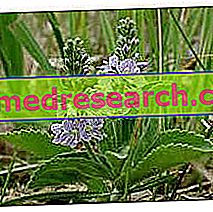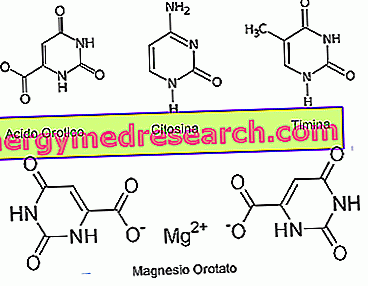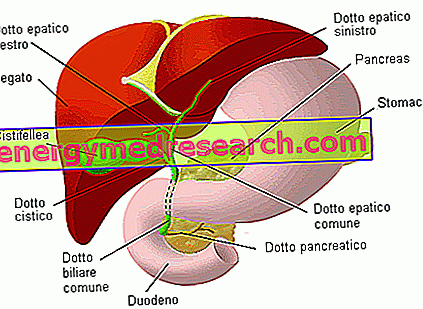
Scientific name
Veronica officinalis
Family
Scrophulariaceae
Origin
Europe
Synonyms
Swiss tea, European tea, male veronica
Used Parts
Drug given by the aerial parts
Chemical constituents
- Iridoid glucosides;
- Flavonoids;
- Triterpene saponins;
- Caffeic acid derivatives;
- Essential oil;
- Polysaccharides.
Veronica in Herbalist: Property of Veronica
Veronica is used (even if there is no real scientific evidence) for anti-inflammatory purposes due to the presence of iridoid glycosides, or in the form of an infusion with diuretic and digestive activity.
Biological activity
Although the use of veronica has not obtained official approval for any type of therapeutic application, this plant is attributed anti-inflammatory properties attributable to the iridoid glucosides contained in it.
Furthermore, astringent properties are ascribed to the plant and it is believed that it can promote the healing of ulcers.
A relatively recent study (2012) - conducted in vitro on human lung cell lines - has shown that veronica extract is actually able to exert an anti-inflammatory action, through a mechanism that involves the inhibition of cyclooxygenase expression type 2 (or COX-2), ie the enzyme responsible for the synthesis of prostaglandins responsible for inflammatory processes. However, despite the result obtained in vitro, in-depth in-depth studies are certainly needed to establish the true therapeutic efficacy and effective safety of the plant.
Another in vitro study, instead, highlighted veronica's antioxidant and antimicrobial properties. These activities seem to be exercised above all by the flavonoids and phenolic acids contained in the plant. More specifically, the study showed that the antibacterial activity of veronica appears to be particularly effective against Staphylococcus aureus, Listeria monocytogenes and Listeria ivanovii strains .
Veronica in folk medicine and homeopathy
In folk medicine, veronica is used internally for the treatment of disorders of different origins and nature, such as diseases of the gastrointestinal tract, liver disorders, kidney diseases and disorders of the lower urinary tract. Moreover, traditional medicine also uses this plant for the treatment of gout and rheumatic disorders; in addition to using it as a remedy to purify the blood and to counteract agitation.
Externally, however, veronica is part of the composition of gargle solutions that are used against inflammation of the oropharyngeal mucosa. The plant is also used as an external remedy to promote wound healing and as a remedy for skin disorders, itching and swelling of the feet.
Veronica is also used in homeopathic medicine, where it can easily be found in the form of mother tincture, oral drops and granules. In this context, the plant is used in case of colds, bronchitis and eczema.
The dose of homeopathic remedy to be taken can vary from individual to individual, also depending on the type of disorder that needs to be treated and according to the type of preparation and homeopathic dilution that you want to use.
Contraindications
Avoid use in case of hypersensitivity to one or more components.
Pharmacological Interactions
- not known



